Identifying and Managing Infectious Diseases in Cats: Symptoms and Treatments
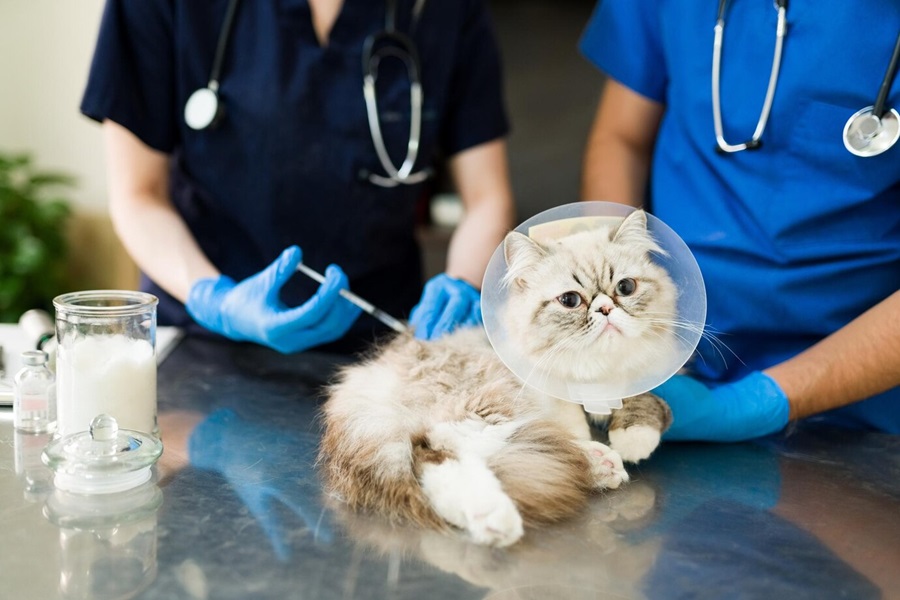
Cats are one of the most loved domestic animals with a mysterious nature known for their agility, independence and affectionate behaviour. Just like other animals, we find multiple cat infectious diseases as well that can range from mild to severe and few can be life-threatening.
It is important to monitor the cat illness symptoms as cats are effectual at hiding their diseases.
Common Cat Infectious Diseases with Symptoms and Treatments
Feline Upper Respiratory Infection (URI)
Feline Upper Respiratory Infection is one of the most common feline infections. It is often caused by Feline Herpes Virus (FHV-1) or Feline Calici Virus (FCV). Cats are prone to these diseases, especially those living in shelters or multi-cat households.
Symptoms:
- Sneezing
- Coughing
- Nasal and eye discharge
- Loss of appetite
- Fever
Treatments:
- Appropriate hydration with proper nutrition
- Antiviral medications in some critical cases
- Antibiotics for secondary bacterial infections
- Isolation from other cats to prevent spreading
Feline Panleukopenia (Feline Distemper)
Feline panleukopenia is caused by the feline parvovirus. It is highly contagious and is one of the fatal cat infectious diseases that affect kittens and unvaccinated adult cats.
Symptoms:
- Vomiting
- Severe lethargy
- Fever
- Diarrhea (often bloody)
- Dehydration
Treatment:
- Provide support and care along with the IV fluids and electrolytes
- Strict isolation to avoid transmission
- Vaccination to prevent future cases
- Antibiotics to prevent common feline infections that can be secondary also.
Feline Leukemia Virus (FeLV)
Feline leukemia virus is a retrovirus, one of the cat infectious diseases that suppress the immune system. This is the common feline infections that make cats more susceptible to secondary infections and sometimes cancers.
Symptoms:
- Weight loss
- Persistent fever
- Pale gums
- Chronic infections
- Enlarged lymph nodes
Treatment:
- More care and support as there is no cure
- Schedule regular vet check-ups and get prompt treatment of secondary infections
- Immune boosting supplements along with a high-quality diet
- Follow some of the preventative measures such as - keeping cats indoors and vaccination
Feline Immunodeficiency Virus (FIV)
FIV weakens a cat’s immune system, just like HIV in humans. This feline health issue makes them more vulnerable to infections.
Symptoms:
- Weight loss
- Swollen lymph nodes
- Poor coat condition
- Constant infections (that includes skin, dental, respiratory)
- Behavioral changes
Treatment:
- No definitive cure;
- Treating secondary infections
- Regular visits to the veterinary
- Provide support
- Maintain high-protein diet
- Avoid stress and exposure to sick cats
Feline Infectious Peritonitis (FIP)
FIP is a severe feline health issue. This is one of the cat infectious diseases caused by a mutation of the feline coronavirus. It is of two forms: wet and dry, primarily affecting young cats.
Symptoms:
- Lethargy
- Weight loss
- Persistent fever
- Swollen abdomen (wet form)
- Neurological symptoms (dry form)
Treatment:
- FIP was considered fatal, but new antiviral treatments (such as GS-441524) have shown promising affects
- More care and support
- Early diagnosis can give positive outcome to the feline disease treatment
Rabies
Rabies is another common feline infection that affects the nervous system; and is transmissible to humans.
Symptoms:
- Seizures
- Behavioral change(such as restlessness ,aggressiveness)
- Paralysis
- Excessive salivation
- Sudden death
Treatment:
- There is no cure but this feline disease treatment can be prevented with vaccination
- This feline health issue more often requires immediate euthanasia when diagnosed
- Strict quarantine and avoid exposure to other animals.
Preventive Measures to Manage Cat Infectious Diseases
Vaccination
- The most effective way to protect cats from feline health issues is vaccination. Some of the core vaccines include - calicivirus, panleukopenia, herpesvirus, and rabies. And non-core vaccines include FeLV, which is recommended as per the cat’s lifestyle.
Hygiene and Sanitation
- This includes frequent cleaning of food and water bowls, litter boxes, and bedding to reduce the risk of cat infectious diseases and their transmission. Also, disinfecting the surfaces; especially in multi-cat environments.
Quarantine and Isolation
- This involves isolating newly adopted cats for a few weeks to monitor for any signs of cat illness symptoms. Healthy cats are kept away from the cats with any feline health issues to prevent any outbreaks.
Regular Veterinary Check-Ups
- Visit the veterinarian regularly for early detection of any cat infectious diseases. This involves regular vaccinations, blood tests, and overall health assessments to maintain the cat’s well-being.
Immune Support and Proper Nutrition
A proper balanced diet rich in essential nutrients for strong immunity should be introduced in the routine. This can also include supplements like probiotics and omega-3 fatty acids to enhance overall health.
Conclusion
Early analysis of the cat illness symptoms and treating cat infections with proper feline disease treatment can reduce the risk of illness.
2025-03-28 07:33:14 | Administrator
Recent Blogs

Identifying and Managing Infectious Diseases in Cats: Symptoms and Treatments
2025-03-28 07:33:14
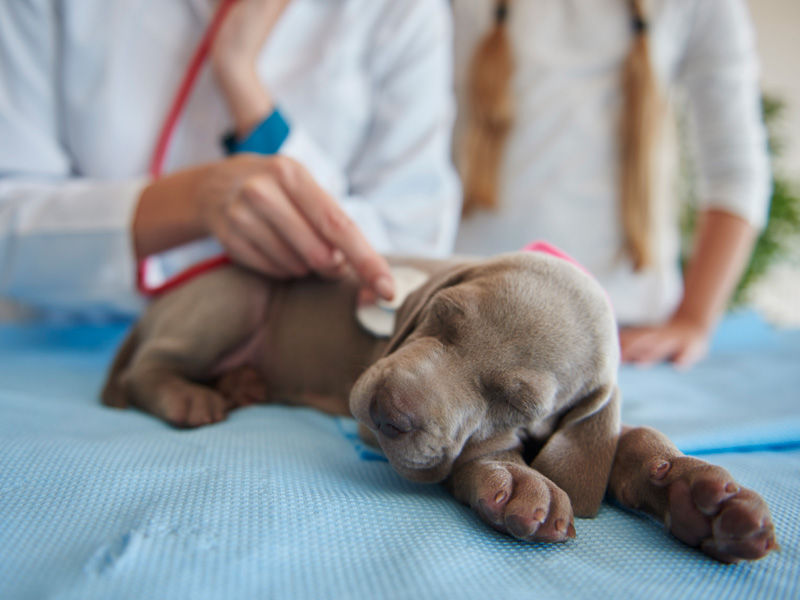

Protecting Your Dog from Summer Heat Breed-Specific Tips
2025-03-18 12:47:51
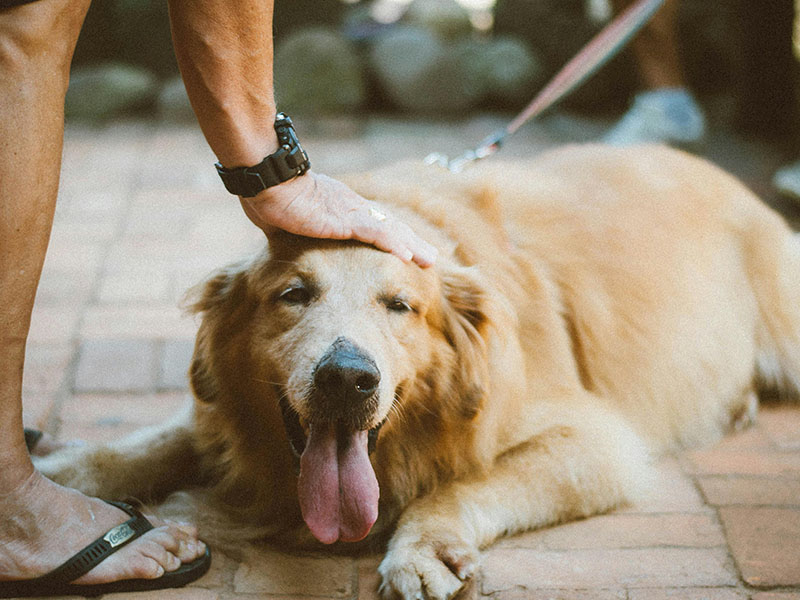
Why Every Dog Needs the Canine Parvovirus Vaccine: A Comprehensive Guide
2025-02-26 11:33:37

Keeping Your Avian Companion Healthy: Identifying and Treating Bird Illnesses
2024-04-12 08:06:38
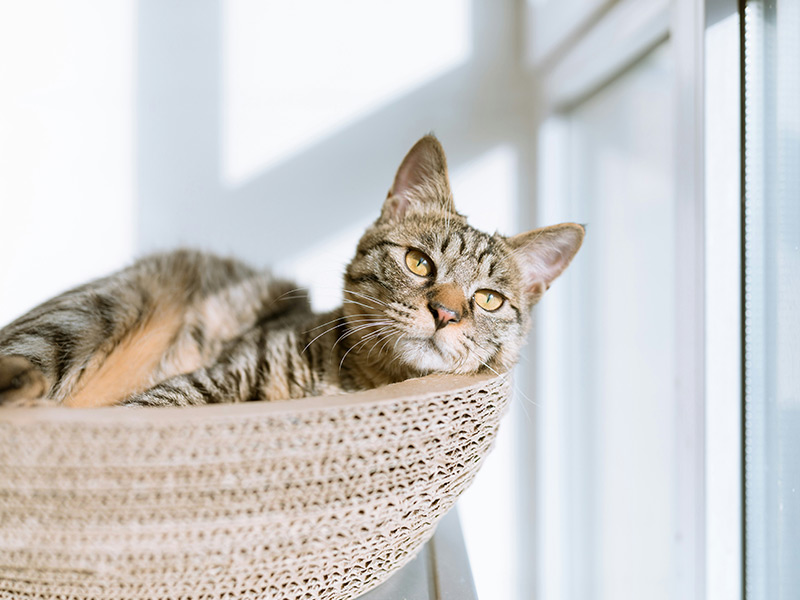
Spotting Babesia in Cats: Symptoms, Diagnosis, and Treatment
2024-04-12 08:06:32
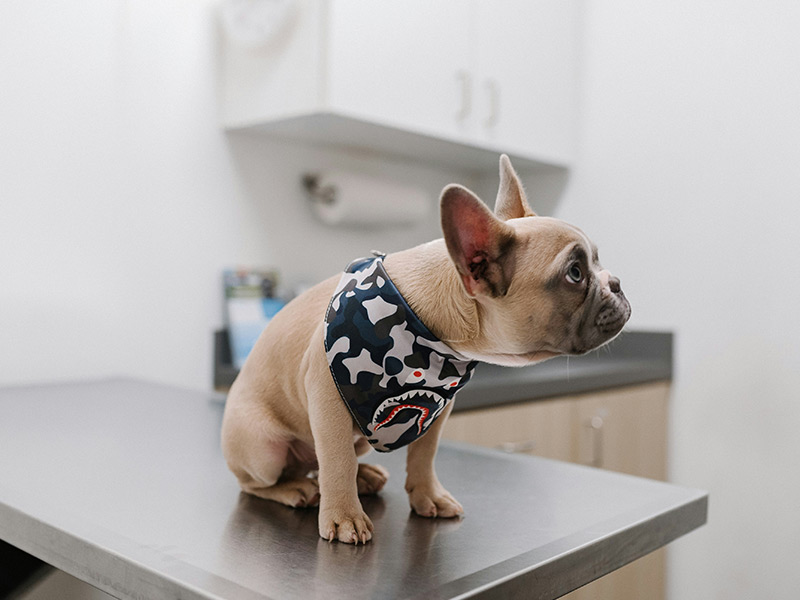
Pawsitive Checkups: Why Routine Vet Visits are Essential for Your Dog
2024-04-12 08:06:23






